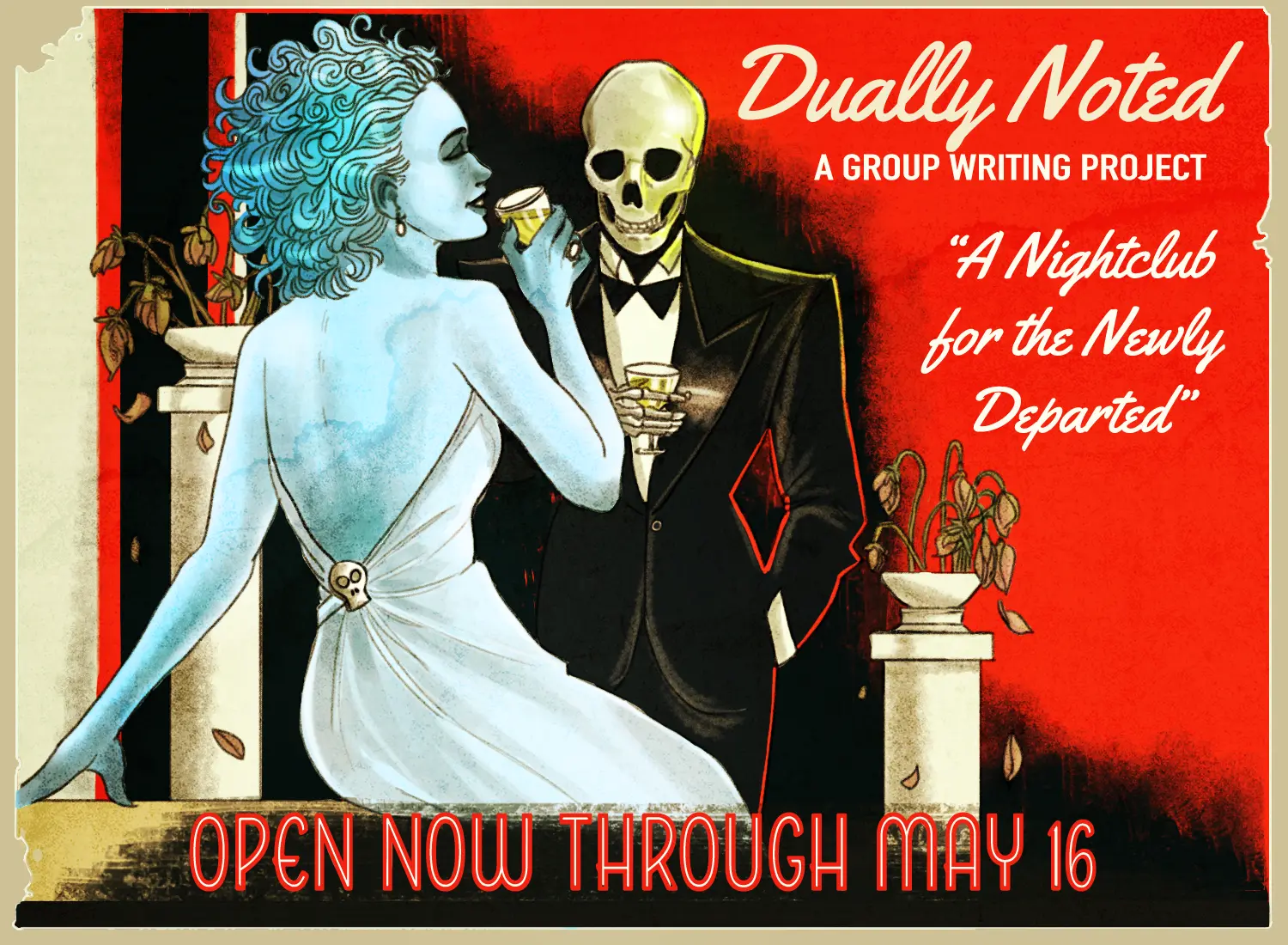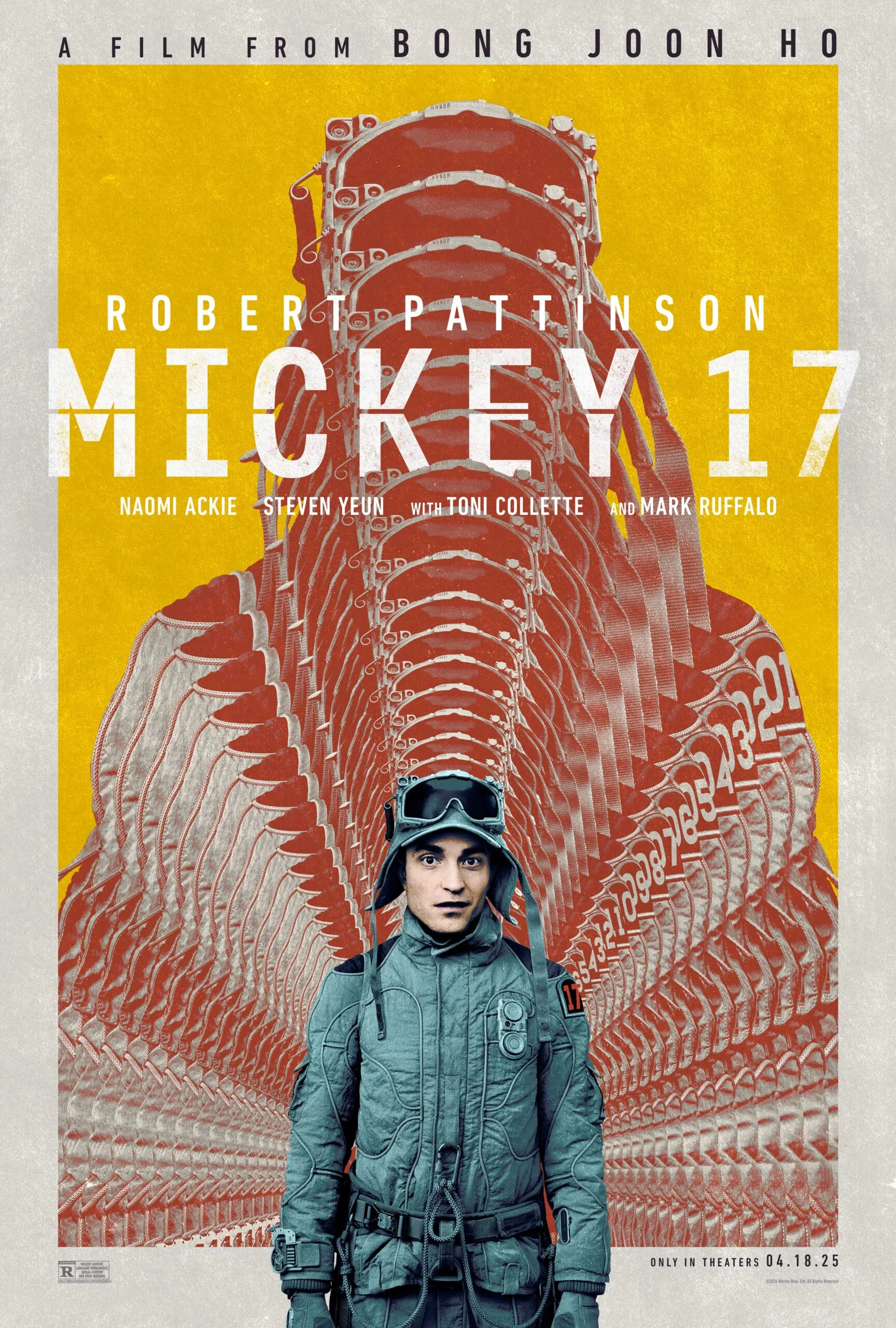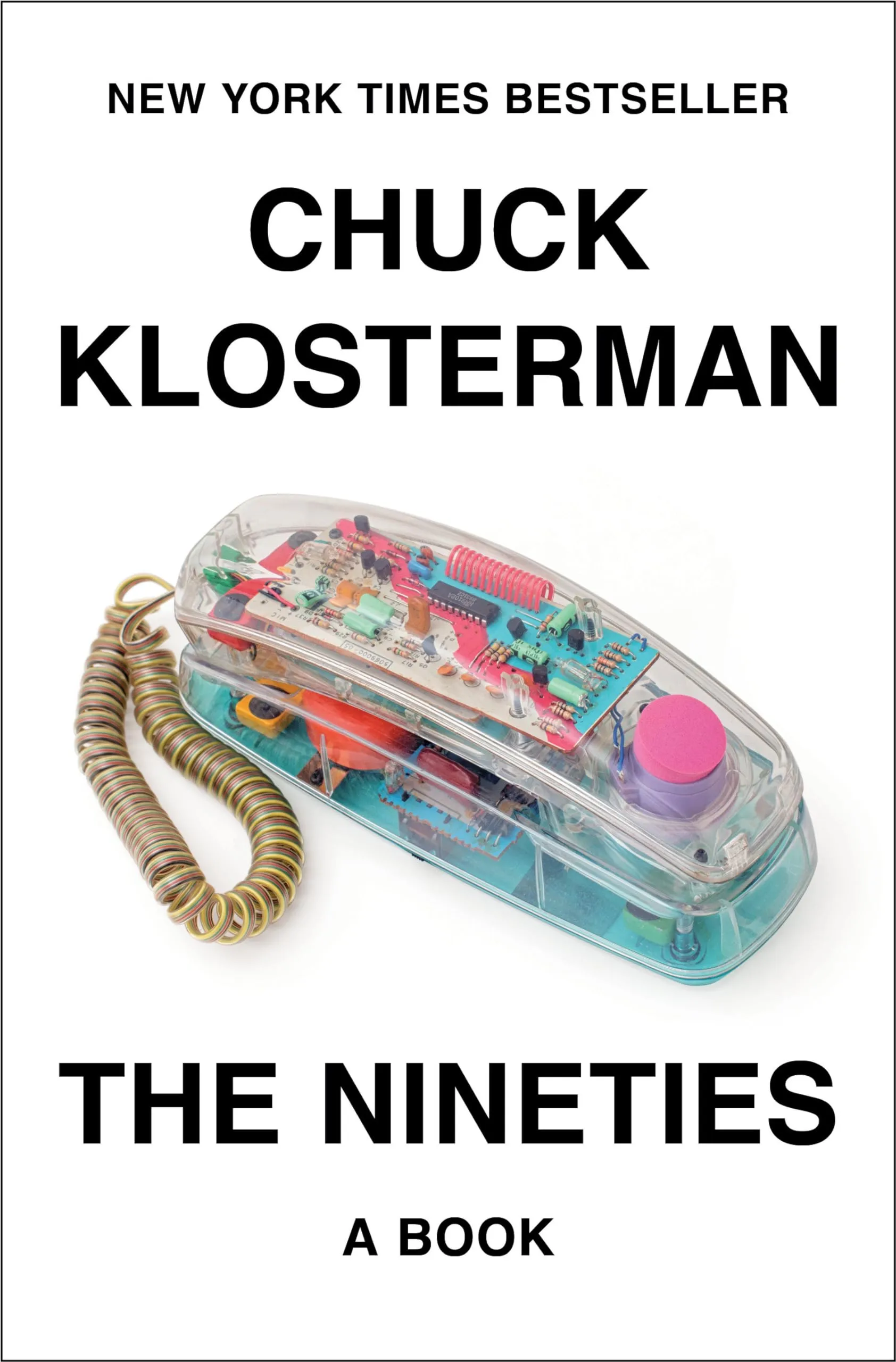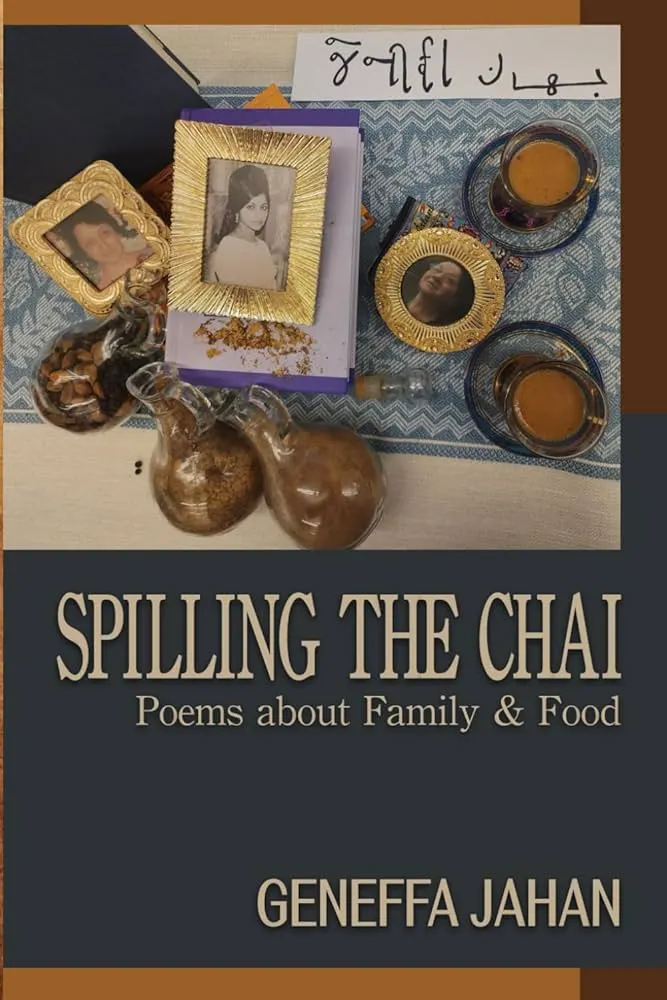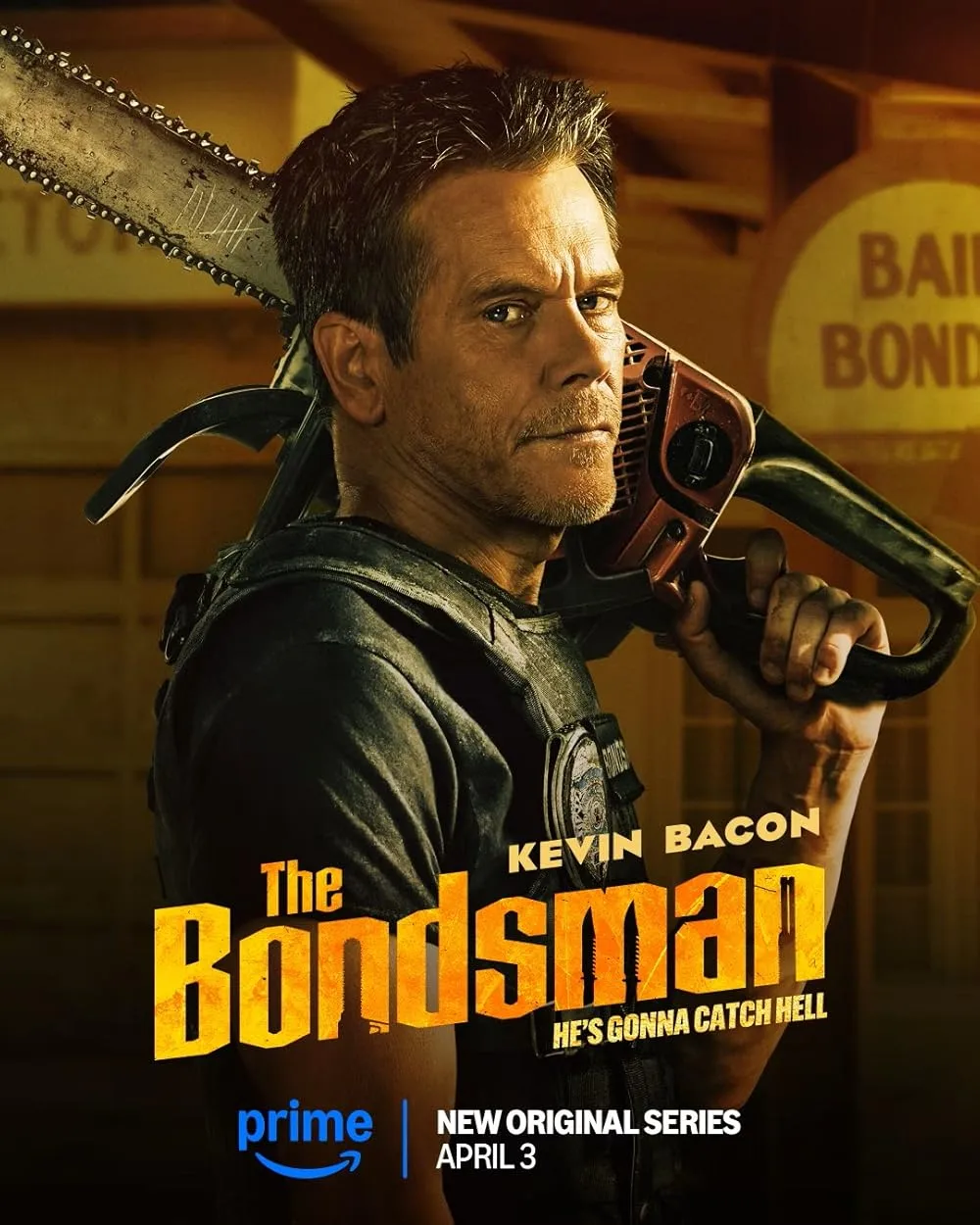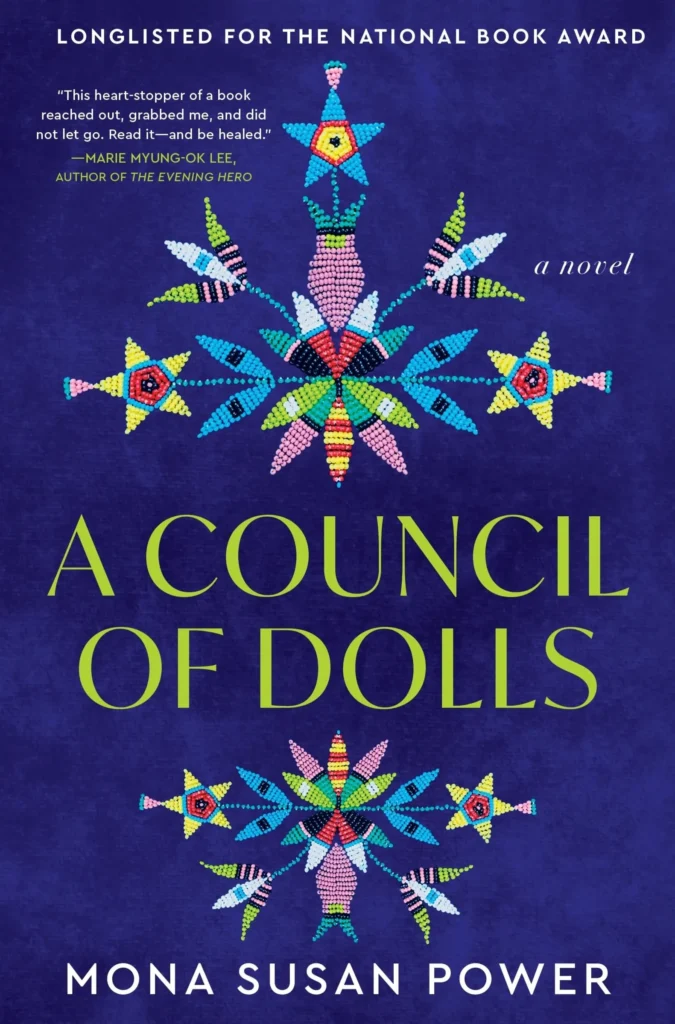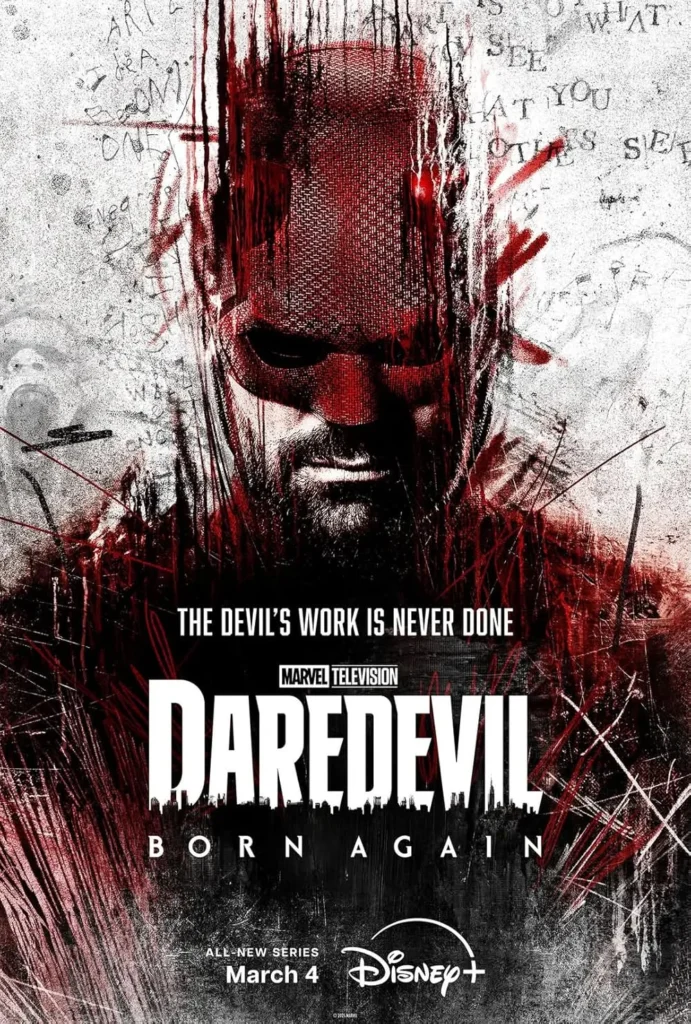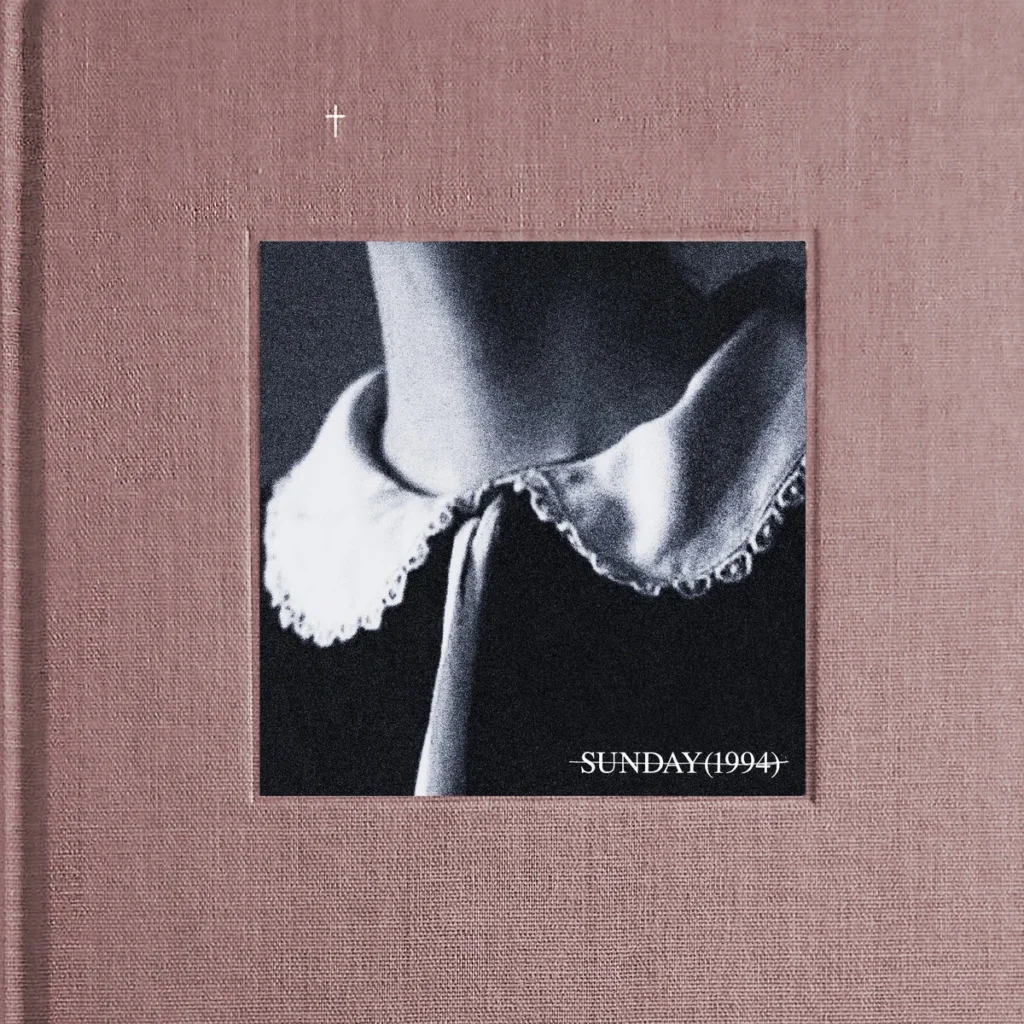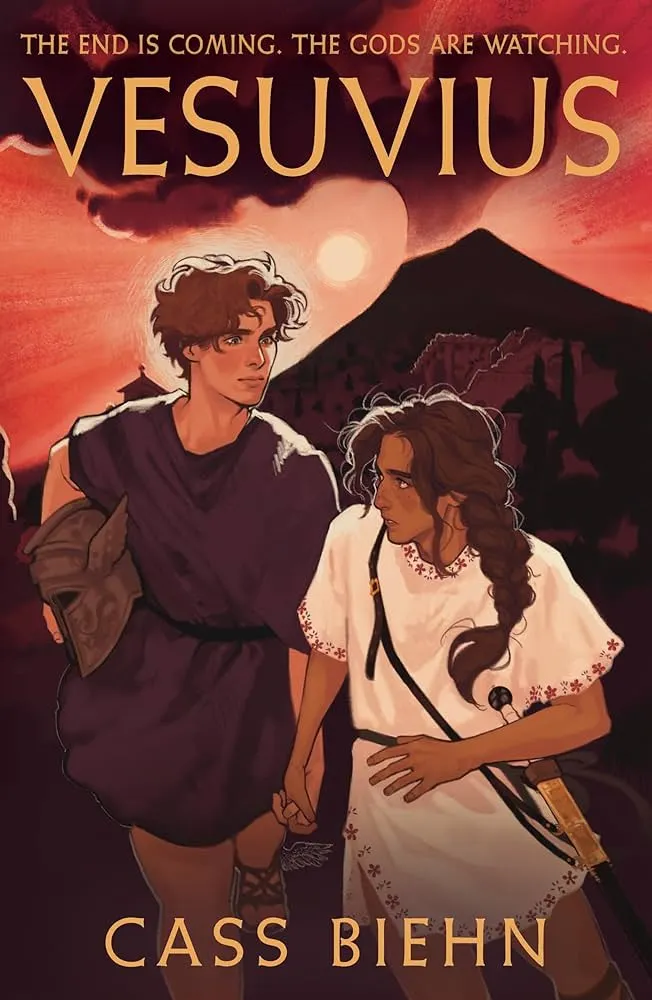
A Review of Vesuvius by Cass Biehn
This title will be published on June 10, 2025 by Peachtree Teen.
*SPOILER ALERT* This review contains plot details of Vesuvius.
“It’s less that I think there is a reason for hurt, and more that faith gives us grace to heal. To come out the other side and try again.”
Don your togas, buckle your sandals, and travel back in time to the ancient Roman city of Pompeii. Cass Biehn’s debut LGBTQ and young adult historical fantasy novel, Vesuvius, tells the story of Felix, a clever thief with a mysterious past, and Loren, a tender-hearted temple attendant plagued with nightmares of the future.
When Felix steals the Helmet of Mercury, a coveted artifact no mortal can touch, he seeks shelter in the Temple of Isis. Felix’s stay is anything but pleasant as he’s knocked unconscious by Loren, who’s been haunted by strange visions of Felix burning down the city. Together, Felix and Loren must discover how their fates are connected to prevent Loren’s visions from becoming reality and unleashing disaster upon Pompeii.
Biehn’s creation of two angsty, authentic, and well-developed main characters is excellent. Through alternating perspectives, Biehn gives Felix and Loren clear, distinct voices that serve as foils for one another. Felix is a brash and sarcastic young man who’s quick to think on his feet and constantly in motion. Loren is anxious and compassionate, often putting the good of others above himself. When Felix awakens in the temple, the juxtaposition of their personalities shines. Felix is untrusting of Loren and believes “kindness came with limits,” whereas Loren arrives with grapes and gauze and immediately offers to tend Felix’s wounds. Loren goes so far as to vouch for Felix’s honor, knowing any trouble Felix causes would fall onto his shoulders.
As the old saying goes, “opposites attract,” and Biehn uses this technique to create a slow-burn romance between the two boys without feeling too contrived. Felix grows protective of Loren, feeling seen when “other gazes skated past” him, and Loren admires Felix’s “clever mind” and how he listens to Loren when everyone else dismisses him and his visions. The thread connecting Felix and Loren is that they’re two lost boys looking for a place to belong. Thankfully, their love story is riddled with highs and lows, making it feel less like a tropey YA love story and more like a real relationship with misunderstandings and forgiveness.
The world-building is also well researched. From page one, Biehn grounds us in their rich imagining of Pompeii as we follow Felix on the run, tasting the dust from the street, feeling the warmth of the Mediterranean sun on our skin, and fearing the swift unsheathing of a sword behind us. Biehn sprinkles in plenty of historical context with the inclusion of villas and socio-economic differences in ancient Roman society, the primitive drug of poppy sap, accurate temple layouts, and Roman mythology sure to make history buffs happy.
But the strongest aspect of the book is Biehn’s refusal to hold back from exploring serious social issues like inequality and sexual abuse through Felix as he reflects, “power is under the control of the wealthy, not the masses.” An essential aspect of Felix’s character development is his past trauma and learning to find hope again through his healing relationship with Loren. As a child, Felix was raped by a priest while in the Temple of Mercury. Biehn does a nice job of showing this trauma through Felix’s aversion to physical touch. But when he’s with Loren, Felix realizes, “despite the hurts he had known, there were other things worth believing in … Touch often settled sticky over his flesh, and even gentle hands triggered his instinct to flee. But there was something different about Loren. He didn’t touch in order to take.”
While Vesuvius’s central theme revolves around trauma, survival, and healing, Biehn’s short sentences and casual writing style do a nice job of balancing the more serious moments with the comical ones. Part of this book’s charm is Biehn’s humor erupting through sentences like “Gods, youth are so mouthy these days.”
However, Biehn’s voice was a bit of a double-edged sword and got distracting at times. One of my biggest hangups was Vesuvius’s use of modern-day slang, which jarred me out of the historical setting, like Felix introducing himself as “Fuck” to the temple priest and Loren telling a guard to worry about “the state of his balls” as he attacks. These moments felt inauthentic and immature, decreasing my enjoyment of the narrative. There was also a heavy reliance on similes throughout the book, which made the story feel slightly too “authorial” than character-driven at times.
The pacing and plot were also inconsistent. The novel starts strong as we follow Felix on a heart-pounding chase and quite literally crash into Loren inside the temple of Isis. However, after their initial introduction, there’s a lot of talk and not a lot of action as several mysterious subplots compete. I wished Biehn kept their focus on one of these threads, like Felix and Loren’s backstory and the sure eruption of Mount Vesuvius, rather than adding murder mysteries and political turmoil.
Additionally, there were moments of tension that resolved too quickly. Namely, Loren’s pivotal decision to either let Felix wear the Helmet of Mercury and “learn his memories at the risk of him turning cruel” or to keep the helmet away from Felix to try and protect him from his dark past. Loren only confesses the truth to Felix about the helmet’s ability to restore his memory when Vesuvius erupts. Felix saves Loren’s life by slapping the Helmet of Mercury onto Loren’s head to protect him, ultimately destroying the magic relic and Felix’s chances of making peace with his damaging past. After all the intrigue about the Helmet of Mercury and scenes where Loren communicates with Felix’s “ghost” (or traumatized self) in his dreams, the destruction of the helmet and the boys’ safe arrival at Loren’s family estate in the final third of the book felt like a letdown. I wanted Biehn to linger more in Felix’s losses and grief. But the story rushes past all this to focus on Loren’s self-pity and survivors’ guilt rather than the repercussions of Mount Vesuvius obliterating Pompeii and Felix’s discovered identity as an heir of the Roman god Mercury.
Overall, Vesuvius is a promising debut with an intriguing concept. I admire how Biehn doesn’t pull their punches about the lingering effects of abuse and trauma while still emphasizing the importance of restoring faith and trust in humanity. Biehn’s approachable and sarcastic style makes Vesuvius a fun read and a good fit for fans of Casey McQuiston and Adam Silvera.
